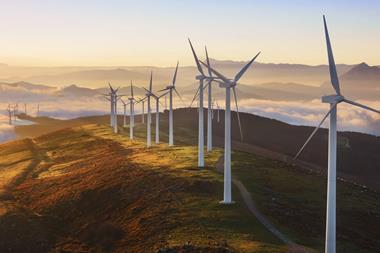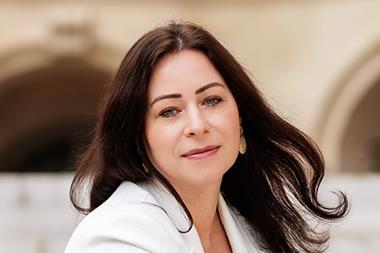It will be no easy feat for Australia to hit net zero by 2050, writes Ed Lloyd
The Australian Energy Market Operator predicts the transition will cost over AU$320bn (£164bn) – a sum equivalent to Hungary’s total gross domestic product.

While the country’s superfund structure – looked upon with envy among many economies in the world – plays a big part in funnelling pension fund money into domestic infrastructure projects, even these leading institutions are incapable of footing this gigantic bill.
Ultimately, achieving net zero depends on how effectively both government and industry can incentivise offshore capital.
Australia has one of the largest interconnected electricity networks in the world. Stretching more than 5,000km, it is the equivalent distance of flying from London to New York. Given the size of the National Electricity Market, network upgrades and augmentation will be an essential part of Australia’s transition.
Due to a fast-growing population and the increase in electrification of power networks, Australia must tap its diverse renewable energy sources spanning wind, solar, hydropower and battery storage.
Although renewables now provide the cheapest means of generating electricity, Australia remains worryingly reliant on an aging fleet of coal-fired power plants – of which 75% are already beyond design life.
Renewables are on the rise, now accounting for 35% of total electricity generation, but to grow this to 82% by 2030 (the official target), significant inward investment is required.
Australia is a prime investment destination for European investors
Despite Australia’s established investment sector and deep capital markets, achieving the transition requires more than just domestic effort and capital. Decarbonising Australia’s electricity system will require both existing and innovative solutions and substantial capital investment.
This creates a real opportunity for investors to participate in large-scale infrastructure projects aimed at modernising the country’s electricity infrastructure and increasing its generation capacity.
Australia has a long history of private ownership of infrastructure assets, with investors benefiting from a legal system based on English common law and a transparent regulatory environment.
Combined with its strategic location and strong trade links in the Asia Pacific region, investing in Australia gives exposure to Asia’s growth while taking low country risk. In fact, Australia is one of only eight countries in the world that is AAA-rated by all major credit agencies. This provides international investors with a high level of reassurance on investment risk.
European investors, who are among some of the earliest adopters of renewables, are well placed to capitalise on the current opportunity Australia’s energy transition presents for investment and growth.
By expanding their investment focus to Australia, European institutions, armed with their technical expertise and decades of experience, can diversify their portfolio while driving meaningful impact on a global scale.
Unique portfolio in Australian renewables
Recent renewable energy transactions in Australia have traded at high valuations, with investors paying significant upfront premia for early stage development pipelines. While most of these transactions have been relatively limited across technologies, they illustrate the attractiveness, scale and access to projects in the Australian renewable energy market.
However, investors seeking exposure to this asset class but also wanting instant diversification have fairly limited options in Australia. This is because many of the county’s renewable assets are owned by independent power producers, electricity retailers or government, and only a handful of open-ended funds with large enough portfolios.
At Foresight Group, our Australian Renewables Income Fund (ARIF) is one of the largest renewable energy funds in Australia. It offers a diversified portfolio of over 750MW of installed capacity across wind, hydro and solar assets, with more than AU$1bn invested to date and plans to double this in the next three years.
ARIF’s investor base has mostly been Australian institutional investors, but there is growing interest from European investors attracted to Australia’s economic track record and the potential to generate long-term returns from a diversified green energy strategy.
Australia’s net zero targets require significant domestic and international investment, but without a step change in international capital, these goals are unachievable.


















